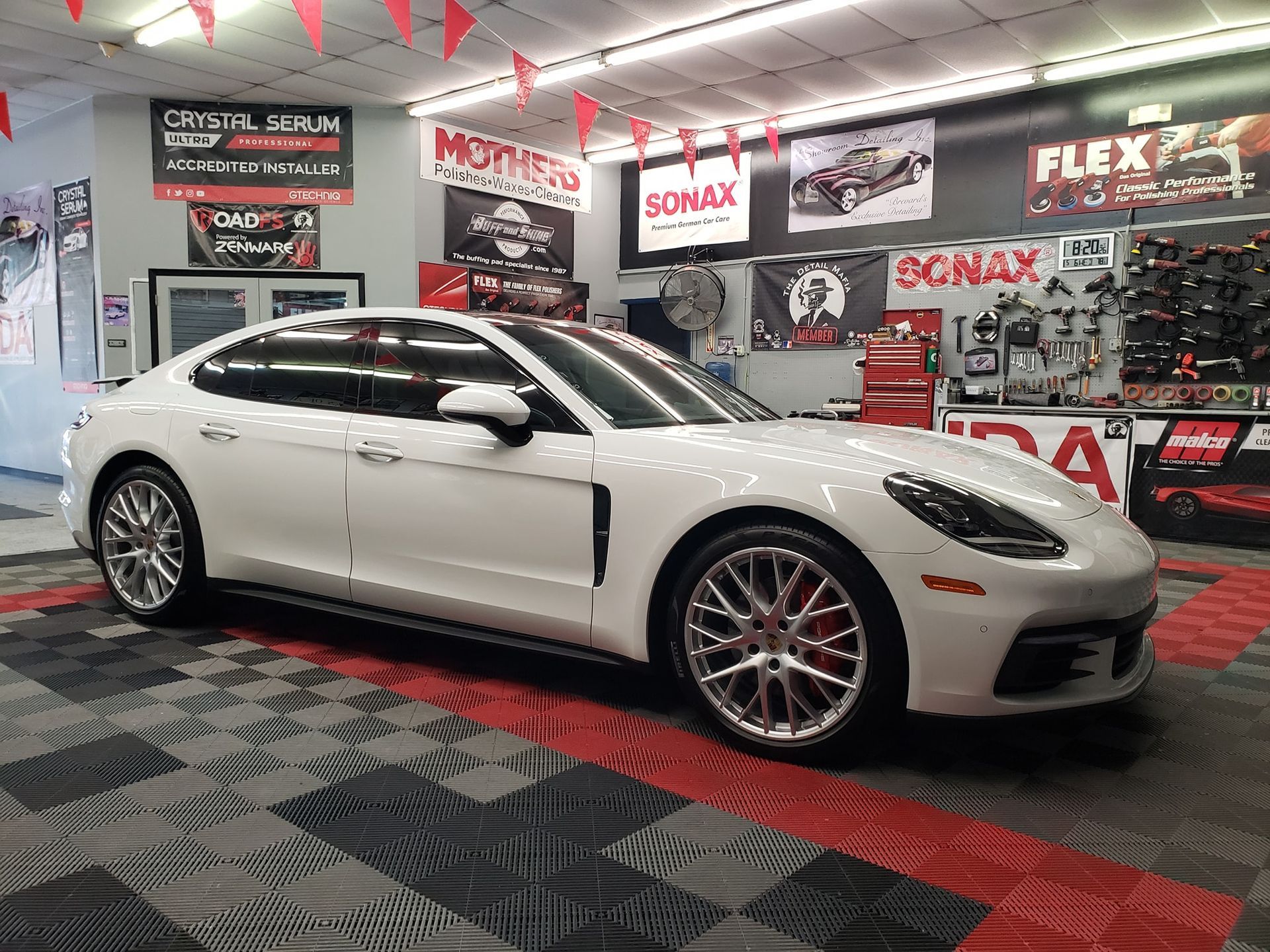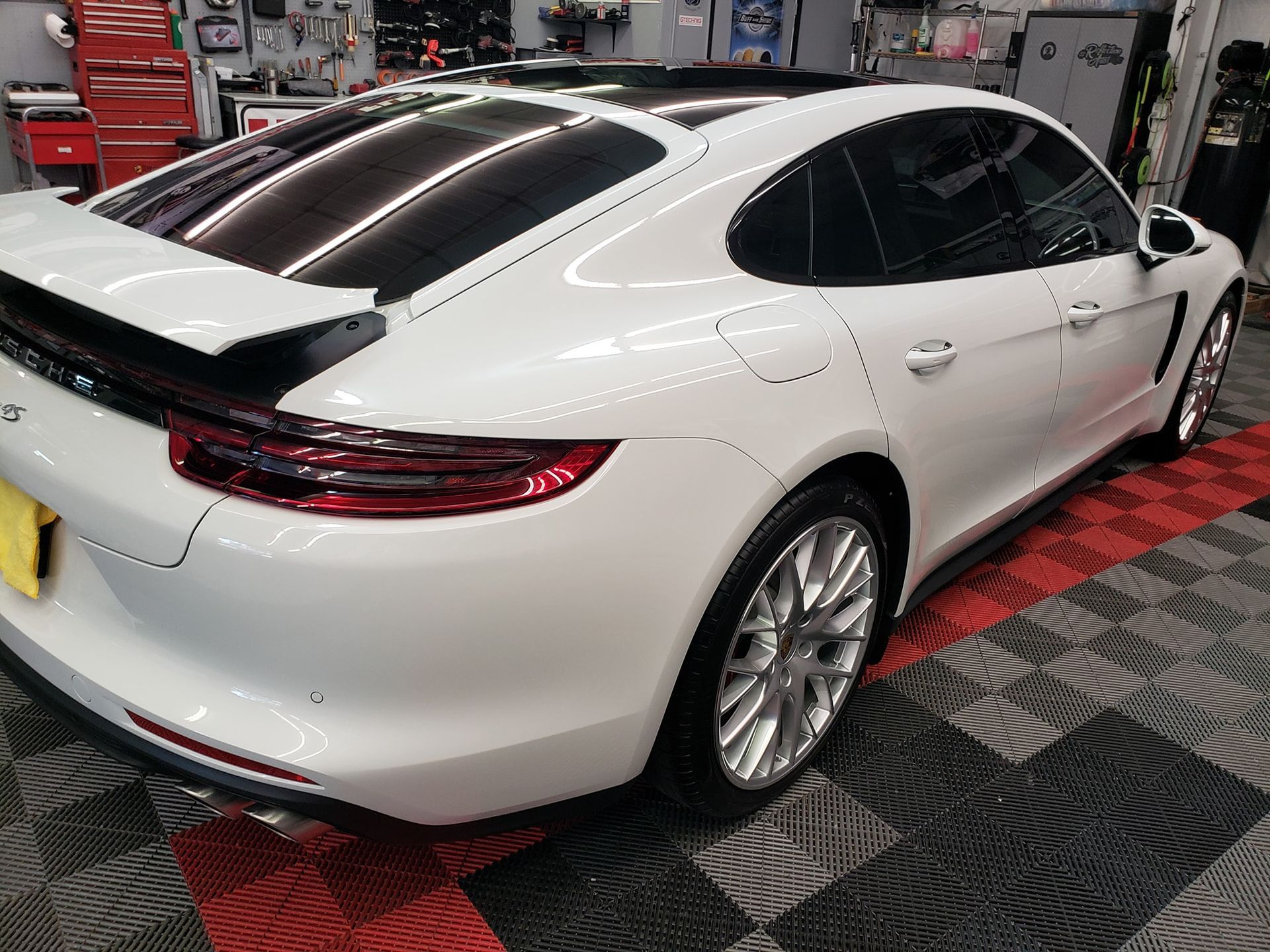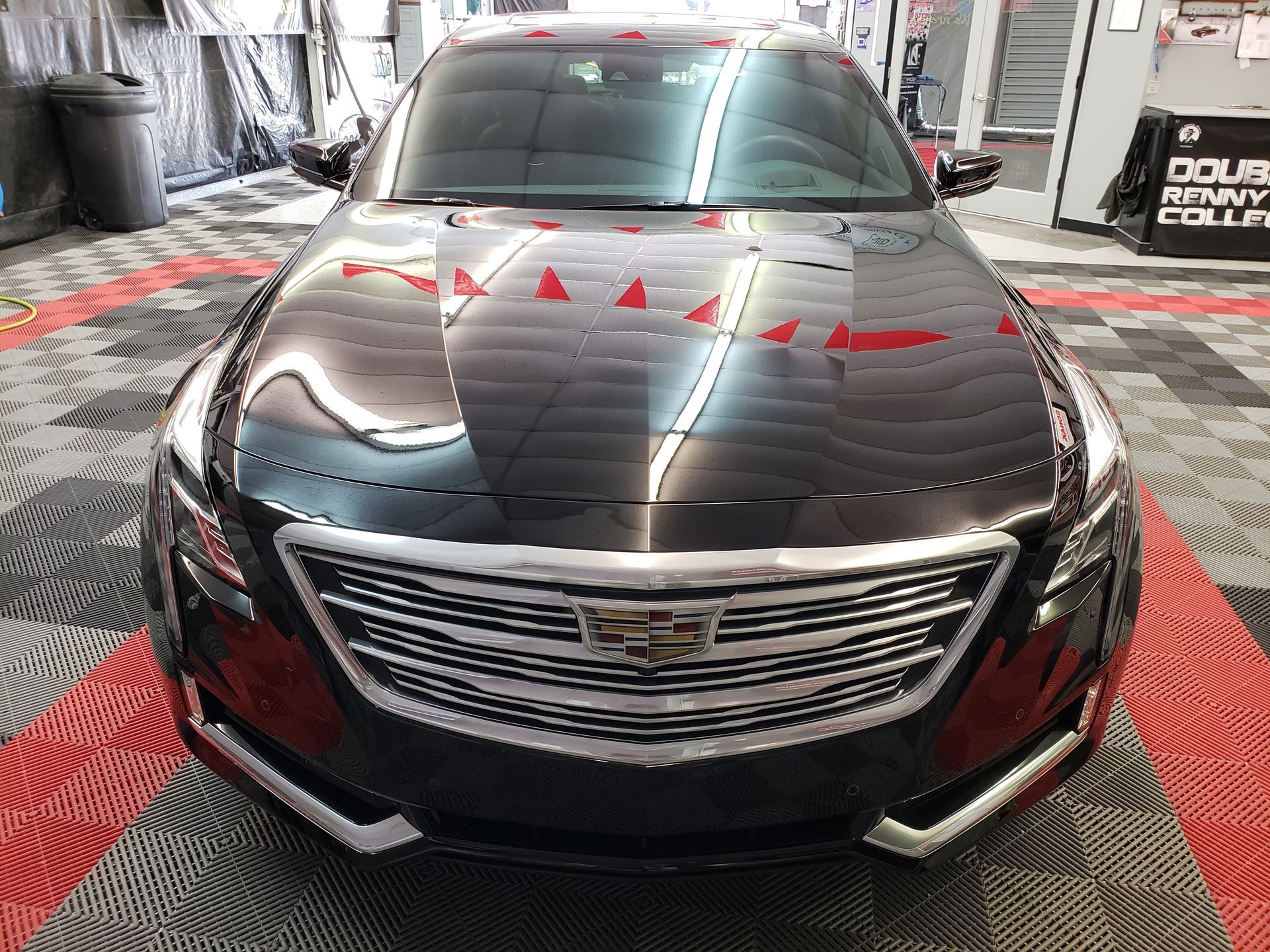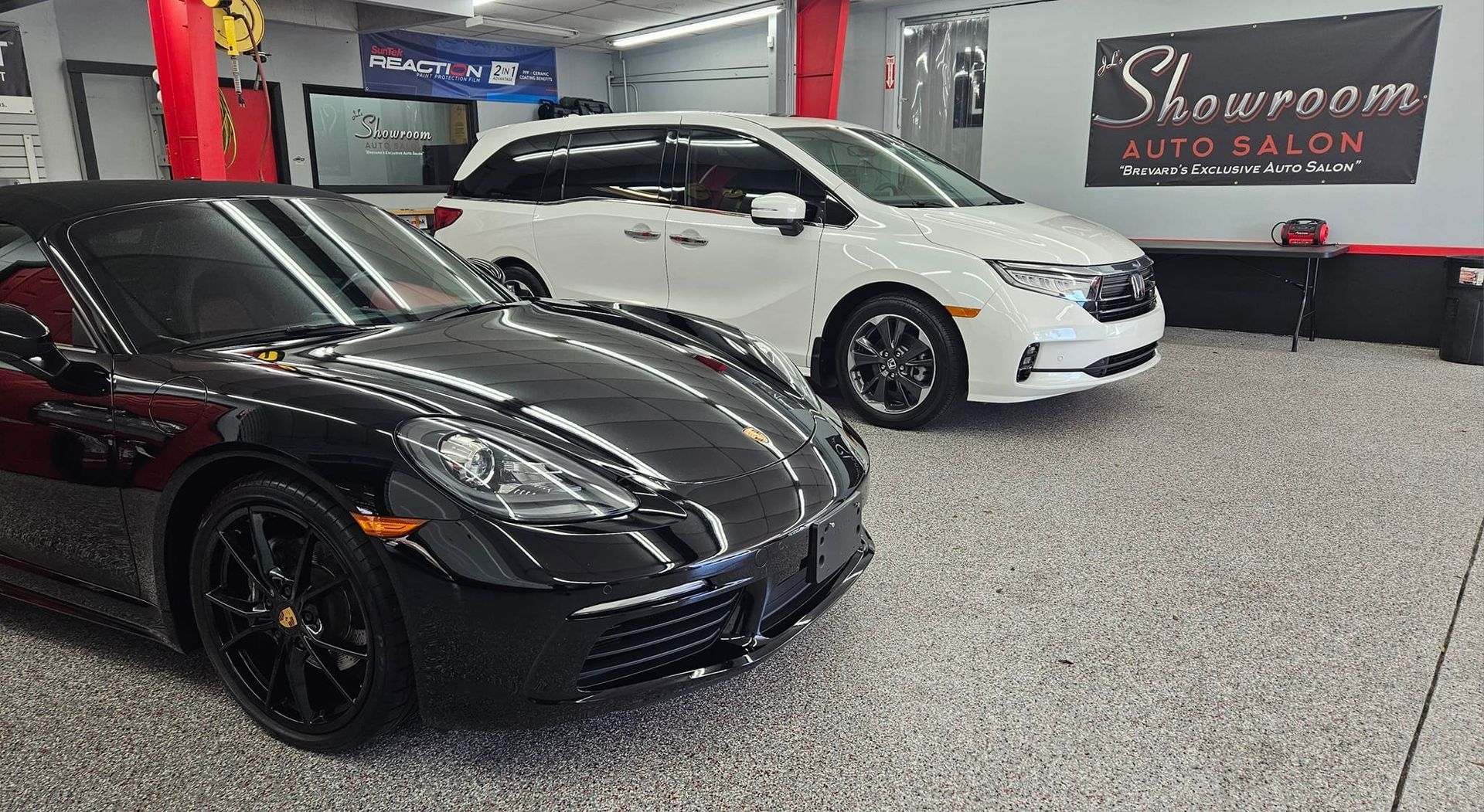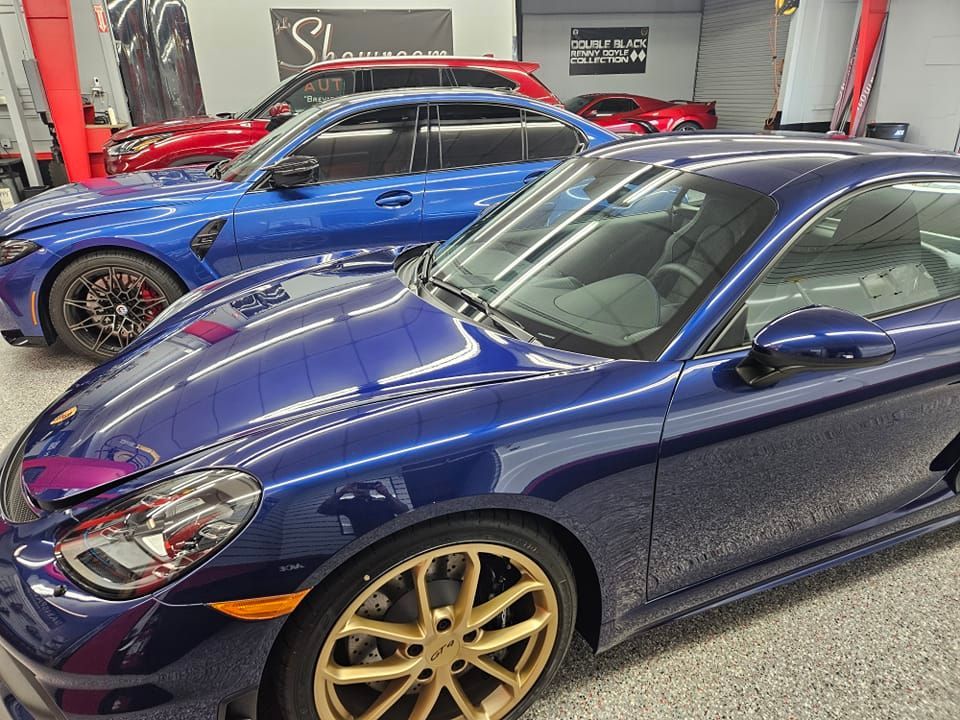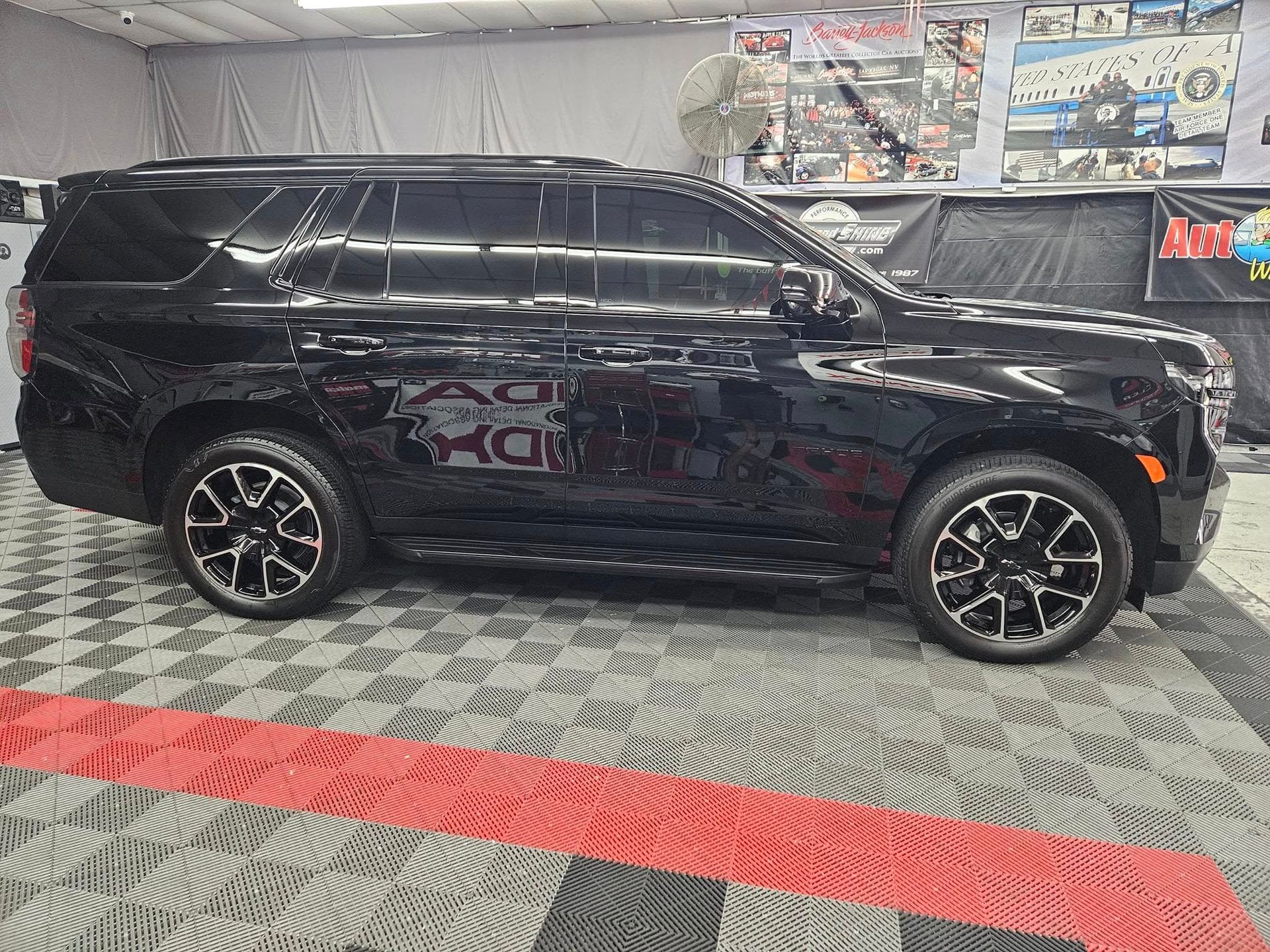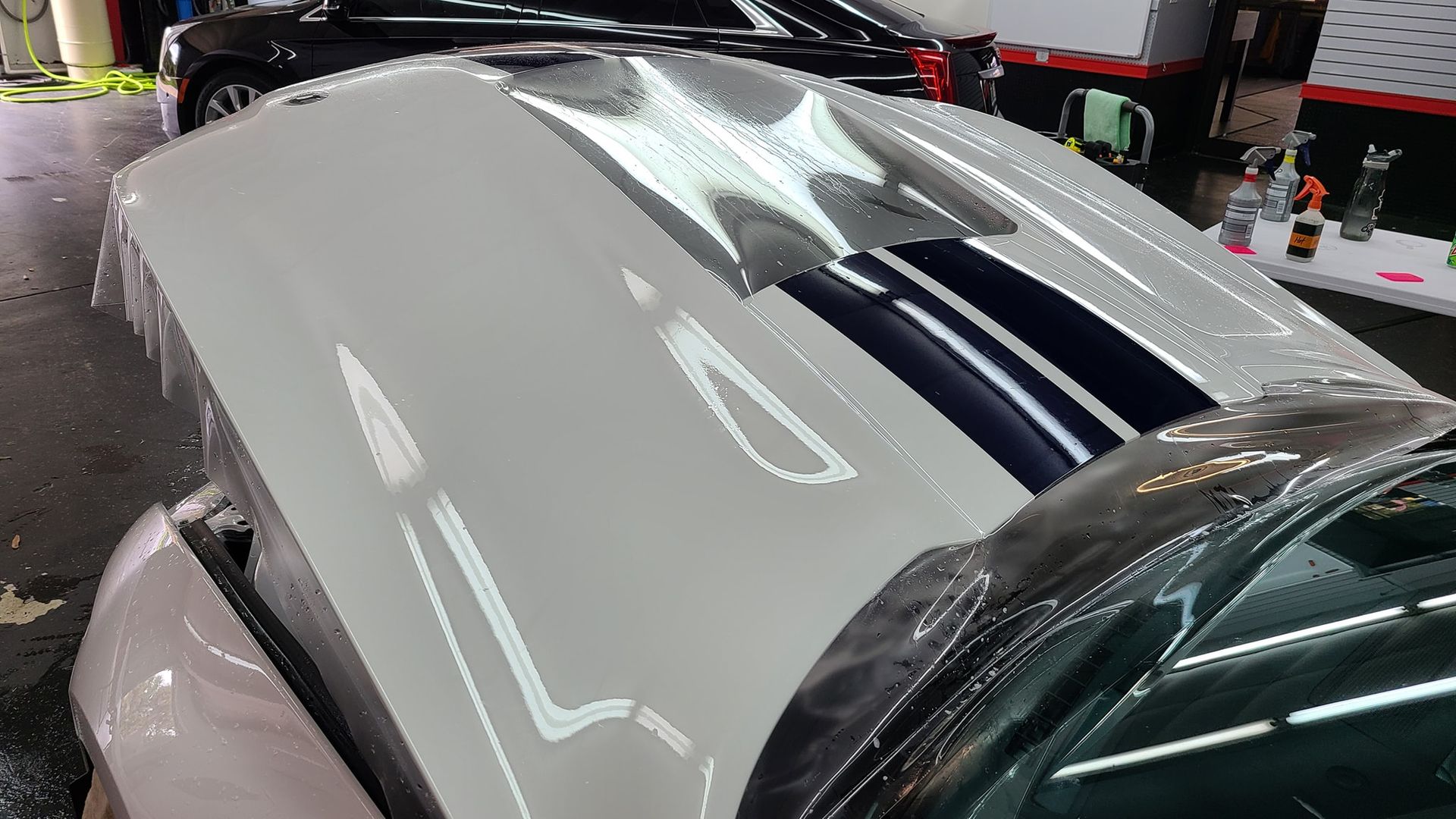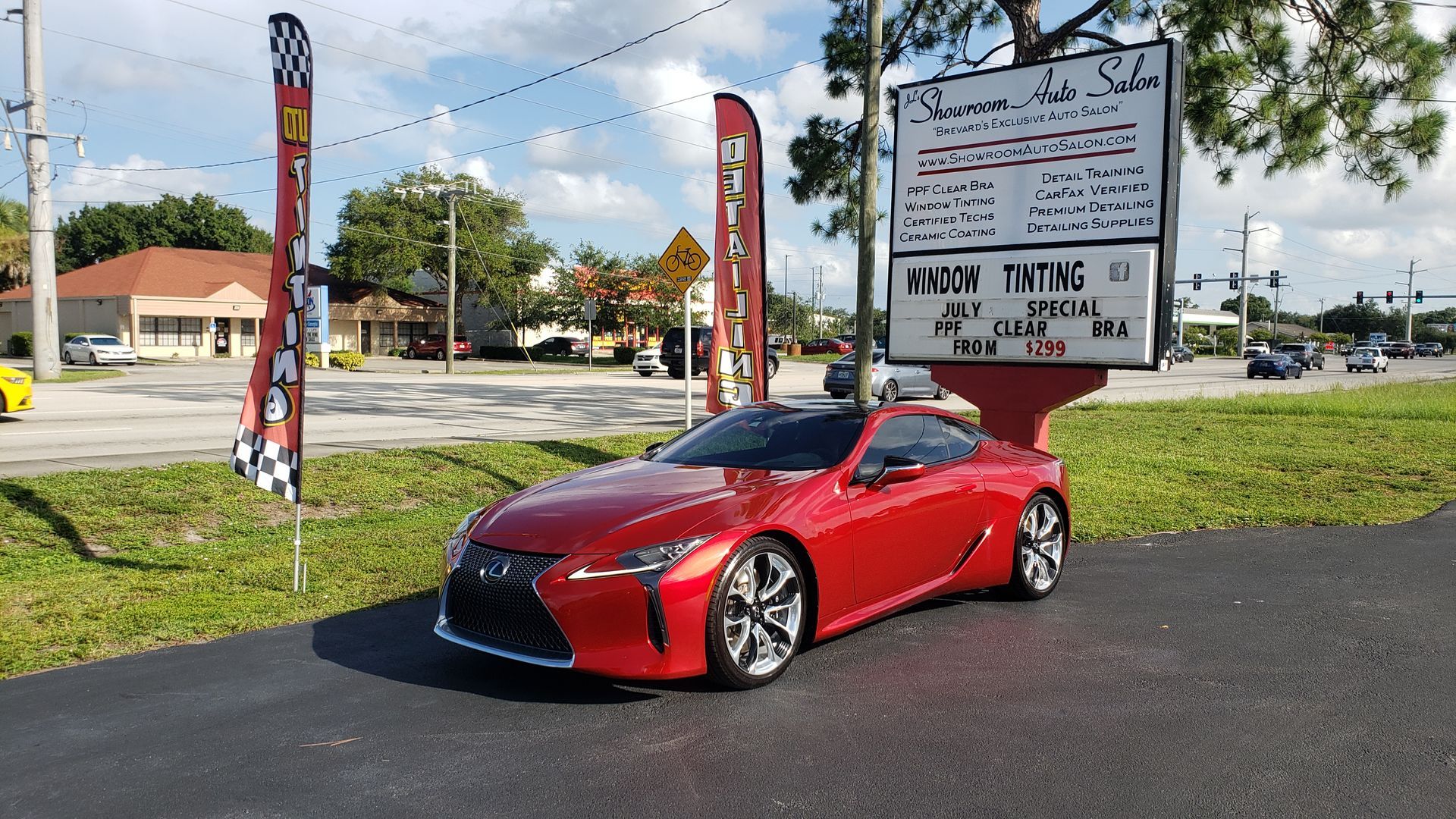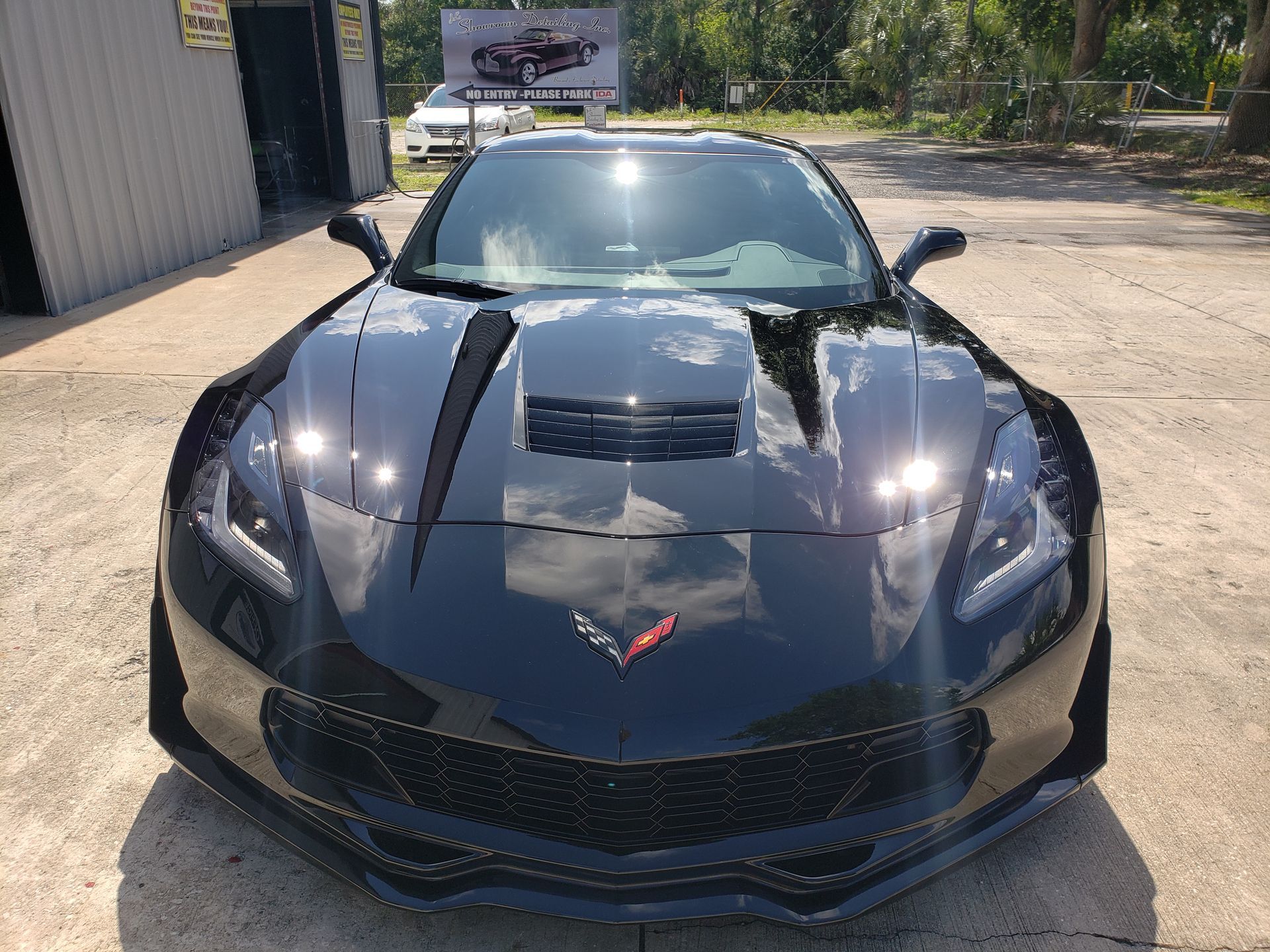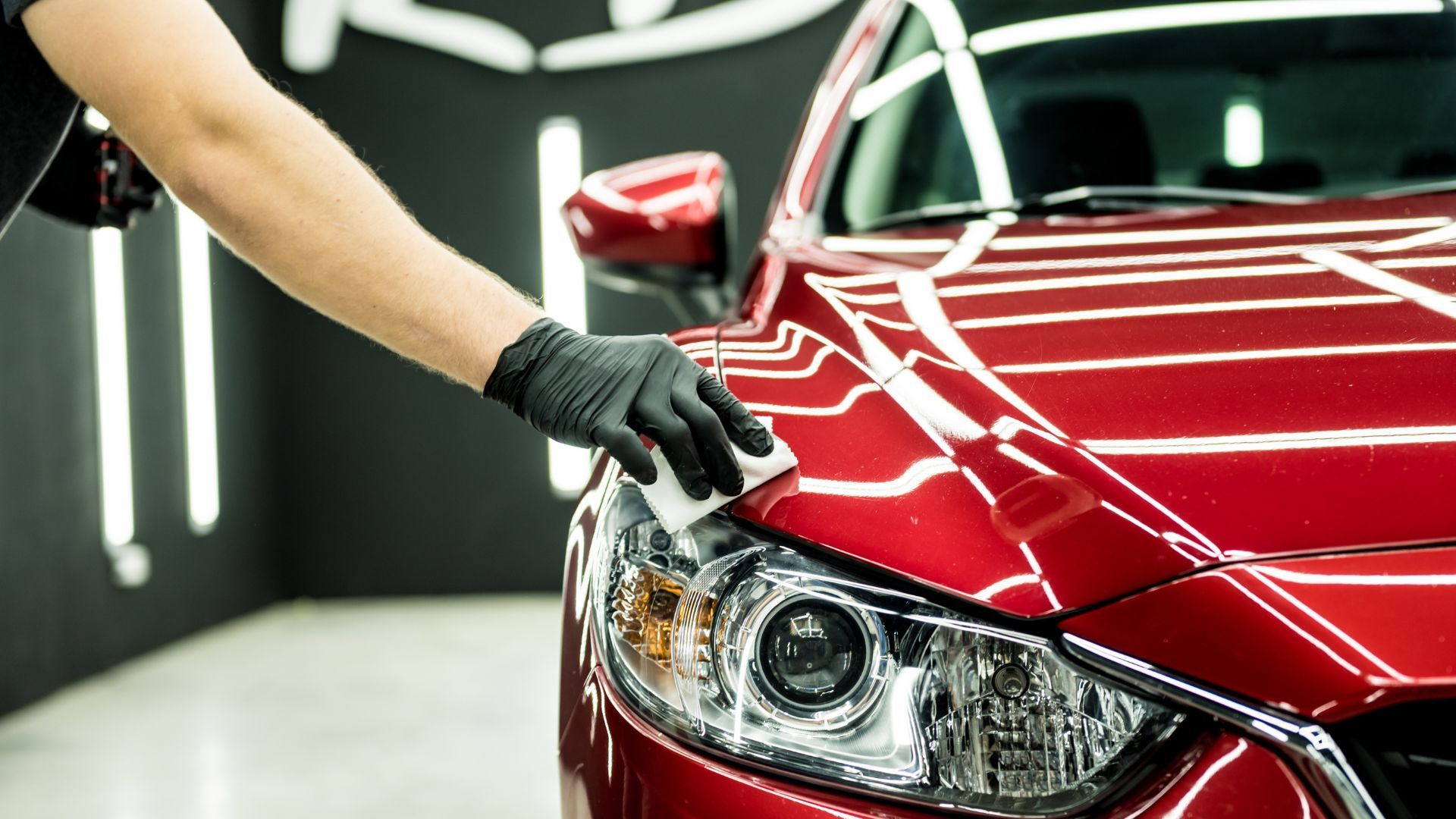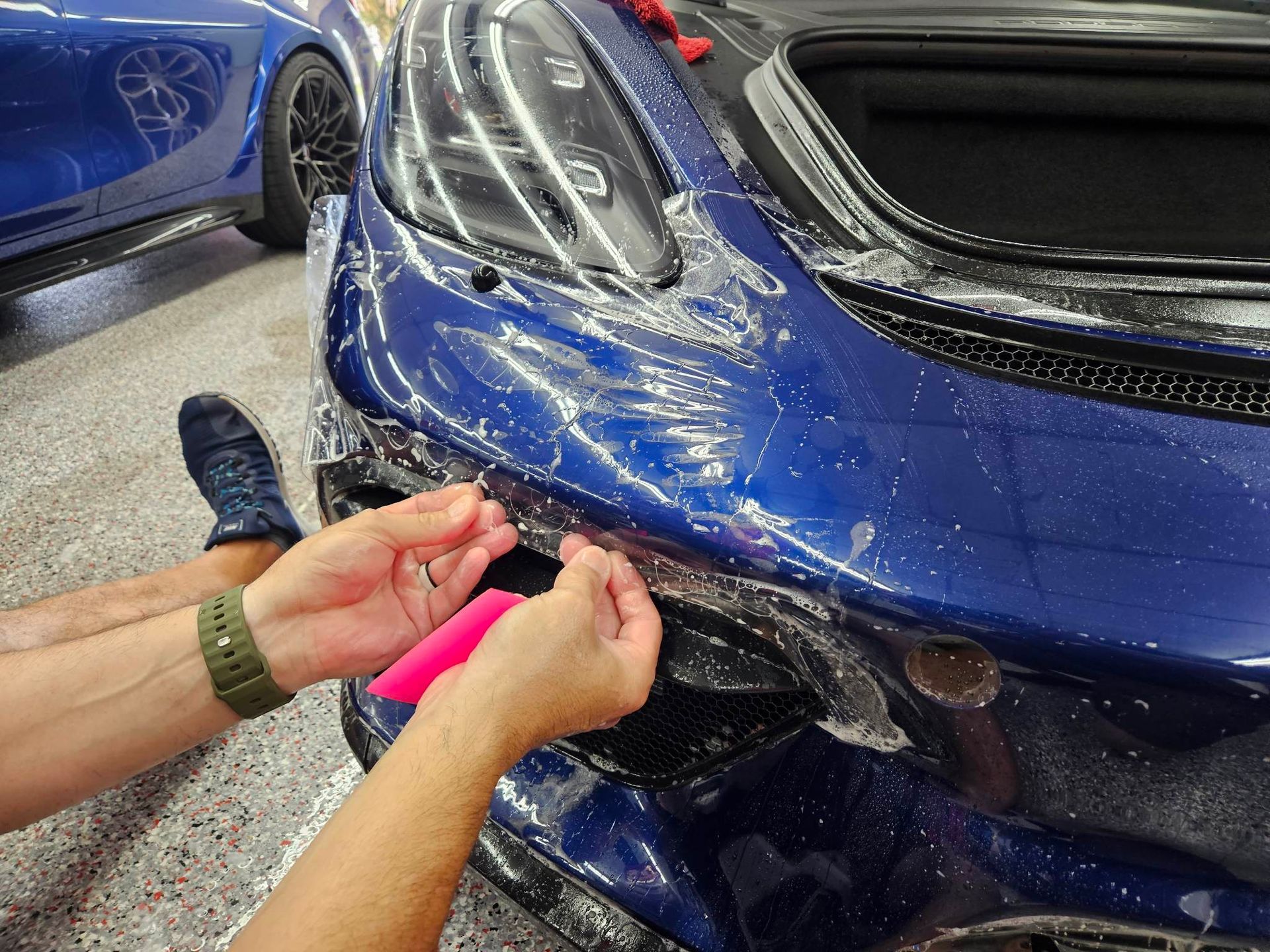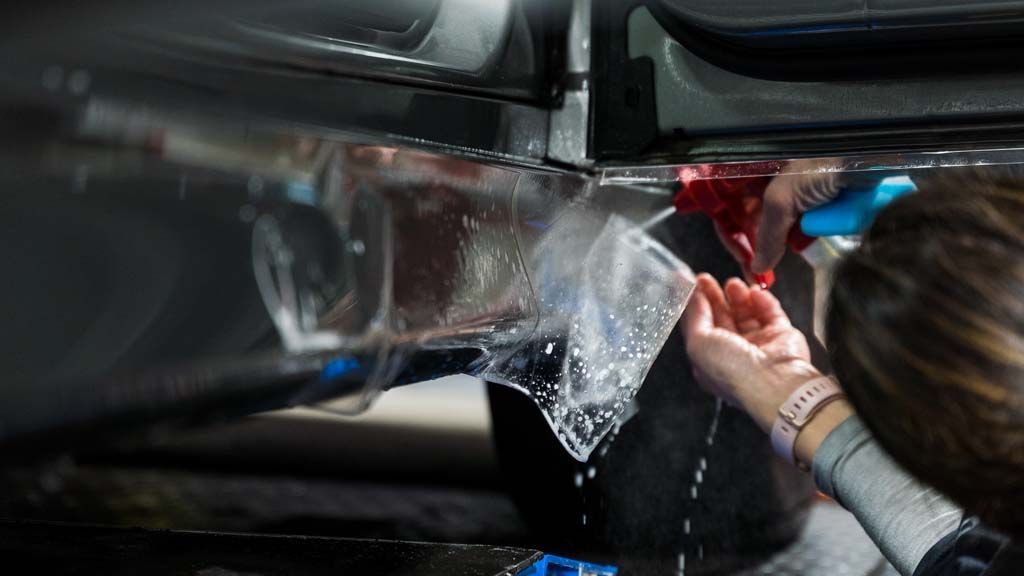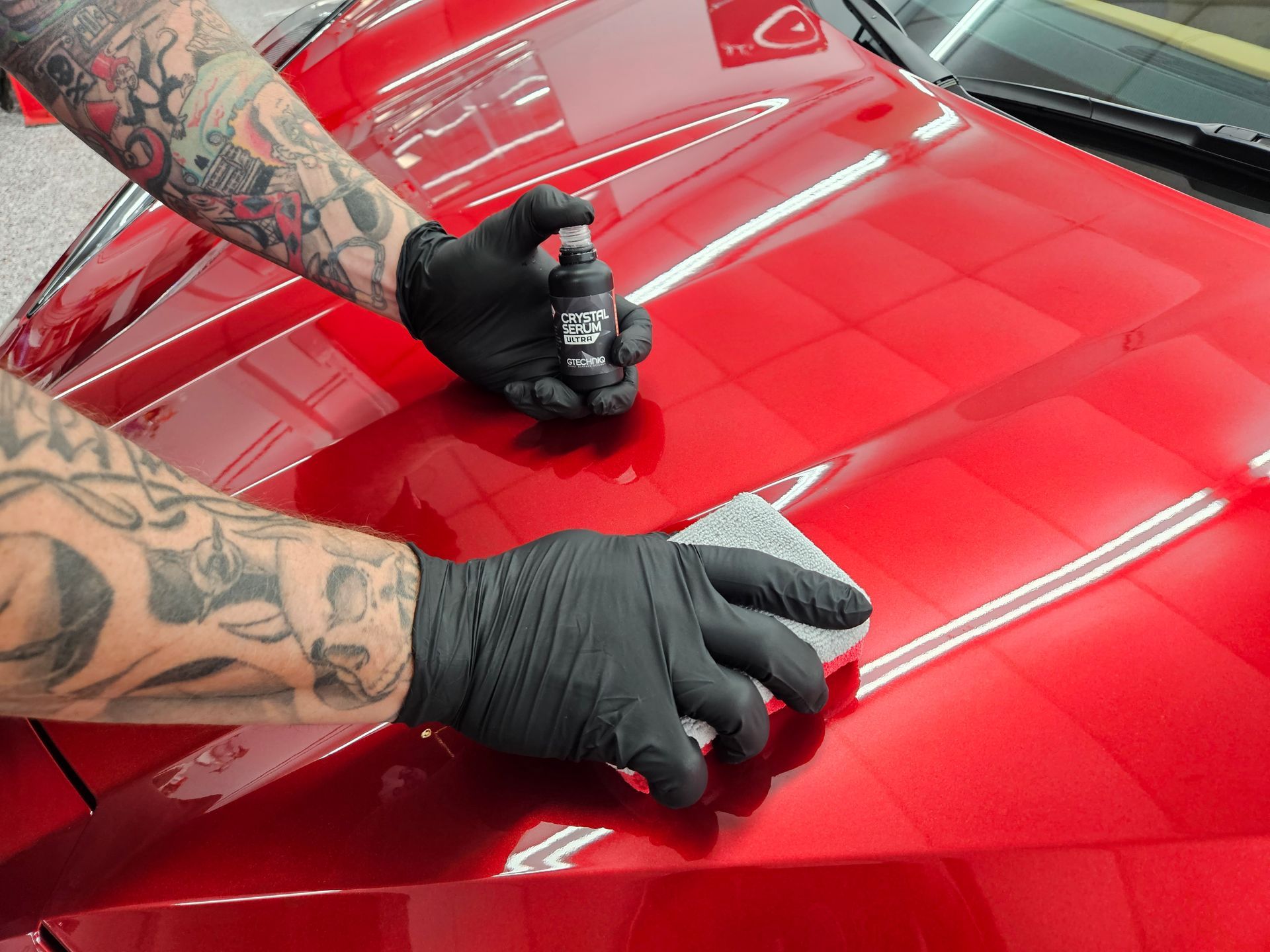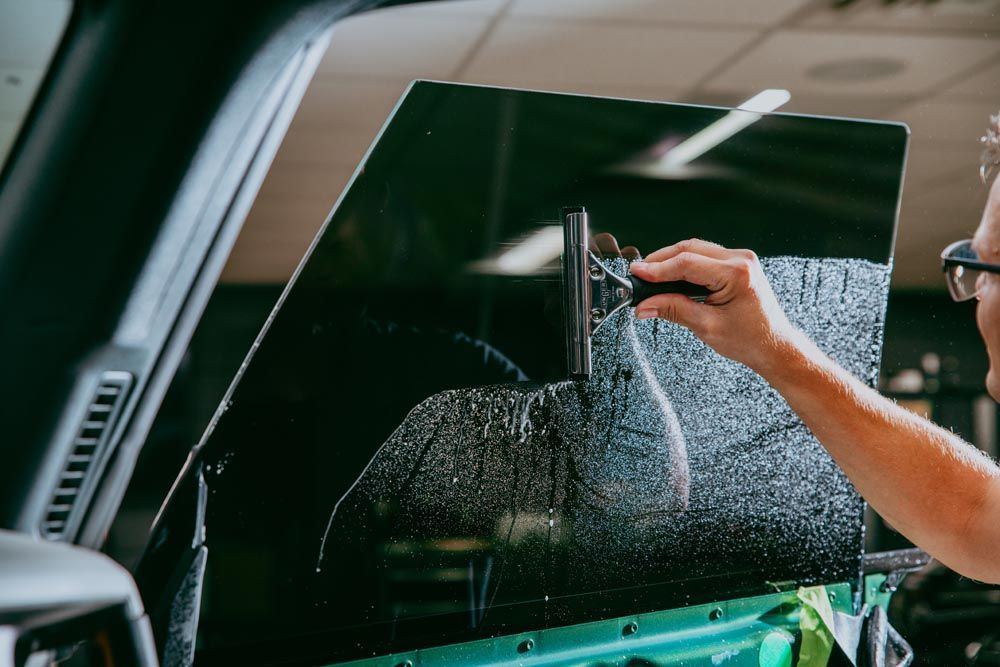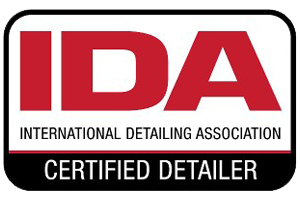Ceramic Coating: How It Repels Water and Enhances Car Protection
Ceramic coating is like a shield, guarding your car from harm. It's a liquid layer that sticks on tight to your car's outside, kind of like glue sticks paper together. But this isn't regular glue; it battles off things like water, sunlight, and bird mess. Now, you may think that such a strong guard would be heavy and dull. Yet, it's just the opposite! Ceramic coating keeps your car looking sharp and shiny for many years. And about that pesky rain? Simply watch the droplets slide off your car with satisfaction; no harm is done.
Ceramic coatings create a hydrophobic surface that causes water to bead up and roll off the vehicle, preventing it from lingering on the paint. This hydrophobic nature results from the nano-ceramic particles in the coating, allowing for easier cleaning and reducing the formation of water spots.
Understanding Ceramic Coating
Ceramic coating is like a magical shield for your car—a clear, liquid armor that's applied to your car's paint, creating an invisible layer of protection. This tiny army of nanoparticles and polymers forms a semi-permanent bond with the paint, giving it superpowers against various environmental enemies. To elaborate, this protective layer shields your car from water damage, UV rays, bird droppings, tree sap, and other harsh elements that threaten to dull, fade, or corrode the surface of your vehicle. It's like having a force field around your car, guarding it against the daily wear and tear that comes with being on the road.
But how does it work exactly? The secret lies in the molecular structure of ceramic coatings. These coatings are typically composed of silicon dioxide (SiO2) and titanium dioxide (TiO2) nanoparticles. When applied to the car's surface, these nanoparticles create an ultra-smooth, hydrophobic layer that repels water and other liquids. Imagine raindrops rolling off a freshly waxed car—this is the hydrophobic effect of ceramic coating in action. The water beads up and slides off the surface, effortlessly carrying any dirt or grime along with it. This not only keeps your car cleaner for longer but also minimizes the risk of water spots etching into the paint surface.
How Ceramic Coating Enhances Protection
Beyond repelling water and other contaminants, ceramic coatings provide a robust shield against UV rays—a significant threat to your car's sleek appearance. Just as sunscreen protects your skin from sun damage, ceramic coatings act as a shield against UV-induced paint oxidation and fading. Not only does this protect your car's paint job and keep it looking glossy for longer, but it also maintains the overall resilience and structural integrity of the exterior. It's like wrapping your car in a protective bubble that preserves its showroom shine despite exposure to harsh sunlight and environmental pollutants.
Moreover, ceramic coatings create a sacrificial layer that absorbs the effects of environmental and chemical damage before they reach the paint underneath. As a result, you can drive or wash your car without worrying about dirt, dust, or other road salts. Understanding how ceramic coatings function helps us appreciate their ability to shield our cars from the elements while maintaining their aesthetic appeal and structural resilience for years to come. Embracing the wonders of ceramic coating doesn't end at repelling water and enhancing protection; there's a myriad of extra benefits that elevate its value in preserving your prized vehicle.
Benefits of Ceramic Coating: Beyond Water Repellence
Adding a deep, reflective shine to your car might seem like just a cosmetic perk, but it’s more than that. When the ceramic coating is applied to the car's paint, it creates a glossy and sleek finish. This not only gives your vehicle an attractive, brand-new look but also makes it easier to clean. Think of it as waxing your car, only better because this time the shine isn't just on the surface; a strong shield is protecting it. Moreover, it serves as a protective layer against environmental damage and keeps your car looking cleaner for longer periods of time. The ceramic coating acts as a barrier against dirt, grime, and chemical contaminants, creating an invisible shield that shields your car from everyday splatters and spills. This translates to less hassle when it comes to cleaning your car. Due to the ceramic coating's non-stick surface, dirt tends to slide off easily.
Another outstanding advantage of ceramic coatings is their ability to provide protection against UV rays. Constant sun exposure can take a toll on your car’s paint job, leading to fading and oxidation over time. However, with a quality ceramic coating in place, these issues are mitigated. Ceramic coatings' UV protection serves as a barrier against the sun's damaging rays, preserving the color and integrity of your car's paint job for years to come. The benefits of ceramic coating extend far beyond water repellence. From enhancing the aesthetics of your car with its distinctive shine to providing a protective barrier against environmental damage and UV rays, ceramic coating is truly an investment in the long-term maintenance and appearance of your vehicle.
How to Prepare Your Car for Ceramic Coating
Before auto detailing professionals apply ceramic coating to your car, a few crucial steps ensure optimal results. Think of it as setting the stage for a brilliant performance—each step impacting the quality and durability of the ceramic coating. Let's go through the essential preparation process together.
Thorough Washing
The first step is foundational: the car must be meticulously cleaned to remove all dirt, grease, and existing wax or sealant. This isn't just a regular car wash—the goal here is an impeccably clean surface. Professionals often start with a pH-neutral car wash soap to remove grime and residue. Using a clay bar to thoroughly decontaminate the surface, it is important to eliminate embedded pollutants in the paint that might compromise the adhesion of the ceramic coating. For a deep clean, professionals may also need an iron fallout remover to eliminate iron particles that can cause rust spots on your vehicle. This careful cleansing process ensures that the ceramic coating adheres seamlessly to the surface, providing a clean canvas for the coating's hydrophobic properties to shine.
Paint Correction
The next critical step after thorough washing is paint correction. If your car's paint has imperfections such as swirl marks, scratches, or water spots, these should be addressed before applying ceramic coating. These blemishes can hinder the bonding of the coating and affect its overall performance. The solution? Polishing. Using professional-grade polishing compounds and equipment, experts carefully polish the paint surface to eradicate imperfections and restore a flawless finish. Polishing is like giving your car's paint a makeover—smoothing out imperfections and restoring its original luster.
By meticulously following these preparatory steps, you'll ensure that your car is primed and ready for maximum performance from your ceramic coating—a durable shield against environmental elements and a lasting enhancement for your vehicle's aesthetic appeal. The application of ceramic coating requires expertise and experience. It is recommended to have a professional ceramic coating application service to ensure thorough and effective application.
Ceramic Coating Maintenance Guide
So, you've got your car coated in that fantastic ceramic coating—now what? The next step is knowing how to maintain it. Just like any high-end purchase, proper care ensures longevity and maintains that shiny, sleek look. Let's delve into the specifics of ceramic coating maintenance.
- Regular Washing: First things first, regular washing is crucial for keeping the coating pristine. Over time, dirt, dust, and other contaminants can accumulate on the surface, compromising the effectiveness of the ceramic coating. By washing your car regularly, you'll prevent these contaminants from bonding to the coating and maintaining its protective capabilities. It's worth noting that using a pH-neutral shampoo and a microfiber wash mitt will help preserve the integrity of the ceramic coating during each wash. This ensures that you're not inadvertently stripping away the protective layer while cleaning your vehicle.
- Use of Detailing Sprays: In between regular washes, detailing sprays can be a game-changer for refreshing the gloss and luster of your ceramic-coated car. These sprays are specifically designed to enhance the appearance of ceramic coatings by adding an extra layer of shine. Additionally, they aid in removing light dirt and dust that may have settled on the surface between washes. When choosing a detailing spray, opt for one that is specially formulated for use on ceramic coatings. Be sure to follow the product instructions carefully to achieve optimal results without compromising the integrity of the coating.
By incorporating these simple maintenance practices into your car care routine, you can ensure that your ceramic coating continues to provide long-lasting protection and an eye-catching shine for years to come.
Looking Ahead
As we look toward the future of ceramic coating technology, it's clear that remarkable innovation awaits us. From self-healing capabilities to eco-friendly formulations and enhanced durability, the possibilities for even longer-lasting and more resilient ceramic coatings are truly exciting.
The future of ceramic coatings seems bright, with ongoing research and development promising breakthroughs that could redefine the way we protect surfaces. Exciting times lie ahead in this ever-evolving field.
Unbeatable Ceramic Coating Services in Melbourne, FL
Discover unmatched protection and shine for your vehicle at JL’s Showroom Auto Salon, the premier destination for
unbeatable ceramic coating services in Melbourne, FL. Our dedicated team of experts is committed to delivering top-quality results, using the latest techniques and premium-grade products to ensure long-lasting durability and superior performance. Drive with confidence, knowing that your investment is safeguarded against the elements while maintaining its flawless appearance. Trust JL’s Showroom Auto Salon to provide unparalleled expertise and results—schedule your ceramic coating appointment today and experience the difference for yourself! Call us at
(321) 723-6976 to get started!
